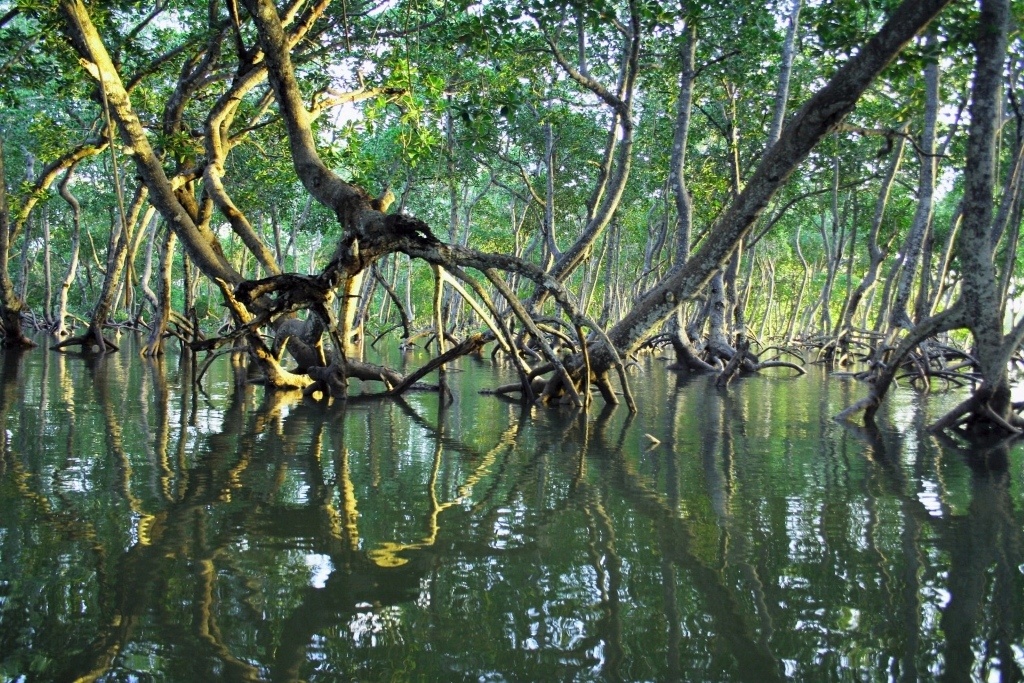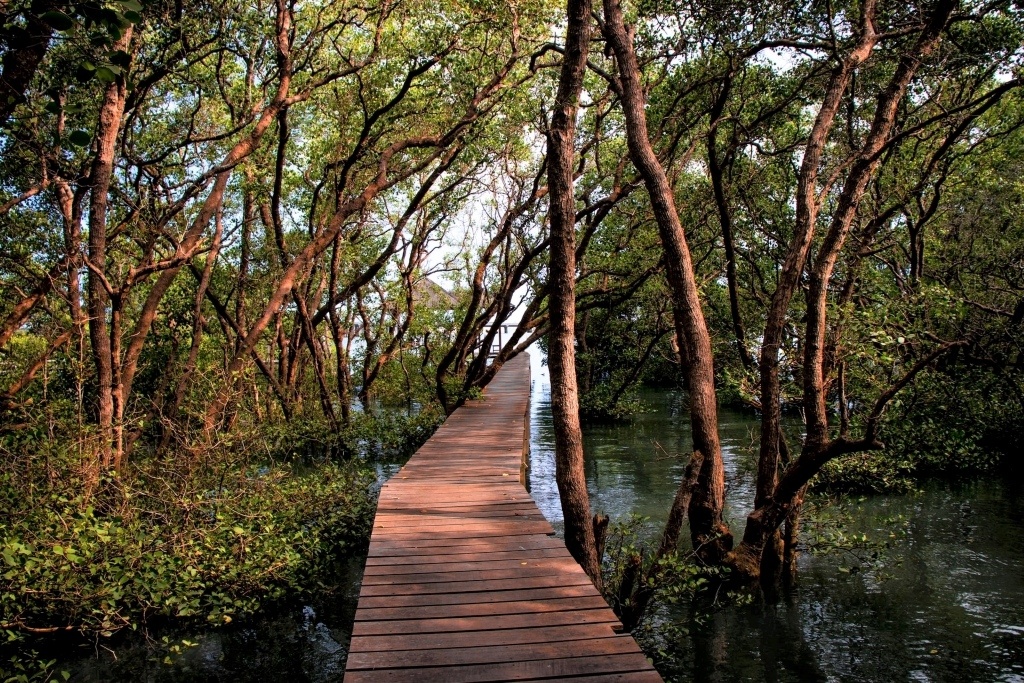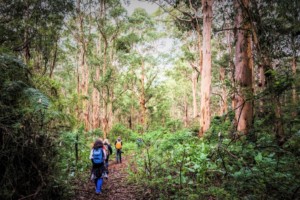How can tourism protect & promote mangroves?

Kevin Phun passes a sustainability lens over concerns about mangrove forests to determine what it would take for our travel & tourism industry to be a responsible contributor to protecting and restoring them. It’s his third “Good Tourism” Insight.
Mangroves are important to coastal communities. They shield them from the worst effects of strong winds, tidal surges, and even tsunamis. A source of livelihood for some of the world’s poorest people, mangroves provide food and construction materials, including rattan used for furniture.
Mangrove forests are also a permanent habitat for diverse flora and fauna, an essential nursery for valuable seafood species, and an important pit stop for migratory birds.
Not only are we directly and indirectly reliant on mangroves, many of us like to relax and recreate in coastal regions and along waterways where mangroves thrive. It will come as no surprise then that humans generally, and the travel & tourism industry specifically, represent both a threat and an opportunity to our important mangroves.
Mangroves are threatened
Unfortunately, mangroves have been in decline for more than 30 years. Globally, their range has become smaller and more fragmented. They are at long-term risk according to conclusions drawn from data of the UN’s Food and Agriculture Organization.
Also see Tom Allen’s “GT” Insight
“Tourism troubles in Tasmania’s World Heritage wilderness”
In the Southeast Asian region, mangrove cover was more than 4.6 million ha in 2000. It has been declining at a rate of about 0.18% per year since. Mangrove areas in Thailand, for example, have been affected by sea-level rises and industrial pollution, while in the Philippines it is thought human activities have contributed significantly to the dramatic reduction of mangrove forests.
Fortunately, many countries in Southeast Asia and elsewhere are beginning to take the mangrove problem seriously. Their travel & tourism industries are too. As the sector matures and recognises a need for better governance to manage its different effects, tourism planning has become more inclusive. Planners are listening to the voices of different stakeholders including those who worry about mangroves.
Mangrove ecotourism is an opportunity
Ecotourism refers to visiting nature-based destinations in order to learn from and appreciate nature, flora, and fauna, and benefit local people. Ecotourism policies are gradually becoming more common as both developed and developing countries develop products and projects within their own cultural contexts.

For all the reasons mangrove forests are important for numerous species, including humans, they are an interesting subject and focus for ecotourism. Mangrove ecotourism potentially offers a way to strike an immediate balance between urgent conservation and socioeconomic imperatives, while building awareness of the environmental importance of mangroves in the longer term.
That potential must best be realised through a shift in government and business policy informed by continuous consultation between public, private, and community stakeholders. Government policy may manifest as, for example, appropriate land use zoning, regulation, and enforcement in and around mangrove areas, while ecotourism businesses roll out their own corporate social responsibility policies and practices to better protect and restore mangrove zones and include local communities as much as possible.
Also see Lajwanti Naidu’s “GT” Insight
“How tourism in India can help protect olive ridley turtles”
As this will most likely result in favourable short- and long-term outcomes for our mangroves, it is fair to conclude that ecotourism will be important in creating awareness, forging the necessary partnerships, promoting more responsible practices, and generating the financial resources needed for successful mangrove restoration and conservation.
Agree? Disagree? What do you think? Share a short anecdote or comment below. Or write a “GT” Insight of your own. The “Good Tourism” Blog welcomes diversity of opinion about travel & tourism because travel & tourism is everyone’s business.
Featured image (top of post): Mida Creek mangroves, Malindi, Kenya. By Timothy K (CC0) via Unsplash.
About the author

Kevin Phun is a specialist in responsible tourism who combines tourism and sustainable development knowledge and expertise. He is the founder of the Centre for Responsible Tourism Singapore (CRTS) and can be reached at kevin[at]crts.asia.





